by Peter Wells
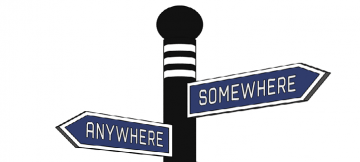 Well, I’ve looked at David Goodhart’s book (The Road to Somewhere – The New Tribes Shaping British Politics: 2017) and I’m obviously an Anywhere. [All quotes are from the Kindle edition]. “They tend to do well at school [Well, reasonably], then usually move from home to a residential university in their late teens [Yes] and on to a career in the professions [Teaching] that might take them to London or even abroad [Yes, indeed] for a year or two [or eighteen!]. Such people have portable ‘achieved’ identities, based on educational and career success which makes them generally comfortable and confident with new places and people [Generally!].”
Well, I’ve looked at David Goodhart’s book (The Road to Somewhere – The New Tribes Shaping British Politics: 2017) and I’m obviously an Anywhere. [All quotes are from the Kindle edition]. “They tend to do well at school [Well, reasonably], then usually move from home to a residential university in their late teens [Yes] and on to a career in the professions [Teaching] that might take them to London or even abroad [Yes, indeed] for a year or two [or eighteen!]. Such people have portable ‘achieved’ identities, based on educational and career success which makes them generally comfortable and confident with new places and people [Generally!].”
My father was lifted out of the conservative background of his family by several years of residential higher education, had a job which caused us to move every three or four years, and wired the house to broadcast BBC Radio 4 (or its predecessor, the Home Service) to every room. My infant toys included female as well as male dolls, and, what’s more, one of the females was a little black girl! (Don’t be condescending – we’re talking the late 40s!) The first black person I met was an African student on homestay with us, who shed light for me on the mysteries of Latin grammar (I returned the compliment by teaching Latin to Zimbabweans five years later!). (Sorry! I meant well!)
So I pass Goodhart’s worldview test: “This [sc. Anywhereism] is a worldview for more or less successful individuals [Check, though rather less than more!] who also care about society [Check]. It places a high value on autonomy, mobility and novelty [Check] and a much lower value on group identity, tradition and national social contracts (faith, flag and family) [Check]. Most Anywheres are comfortable with immigration, European integration and the spread of human rights legislation [Check]. They … see themselves as citizens of the world [Check 110%!].”
The privileges opened up to me by this certification were immense. Repeatedly during my career I was able to enter the ‘alien’ environments of foreign countries, in Africa, Asia and the Middle East – not as a tourist but as a resident, worker, colleague, neighbour and friend. Seeing how people of a different culture live, think, laugh, learn, befriend, commute, pay, greet, and grieve, enabled me to put my own attitudes and presuppositions into perspective. I realised that what had looked to me like a central and obvious norm was just the point of view that I happened to have been brought up with. My wife and I were offered a glimpse of at least five very distinctive ways to live, instead of the sole option that most people are granted. More than anything else, this is what makes working abroad a joy and delight. The elusive quality of a national culture defies stereotyping. Like the flavour of a loved one’s cooking, it is itself. Africans, Arabs, Japanese are not reducible to epithets: they are what they are. A spouse who has had the same experience will know what you mean when you say, “That’s just like Oman / Malawi / Japan, isn’t it.” Our friends have no idea what we are talking about! You can, of course, obtain a similar experience by visiting a different part of your own country, or even someone else’s house, but for the full culture shock you need to change countries! Read more »

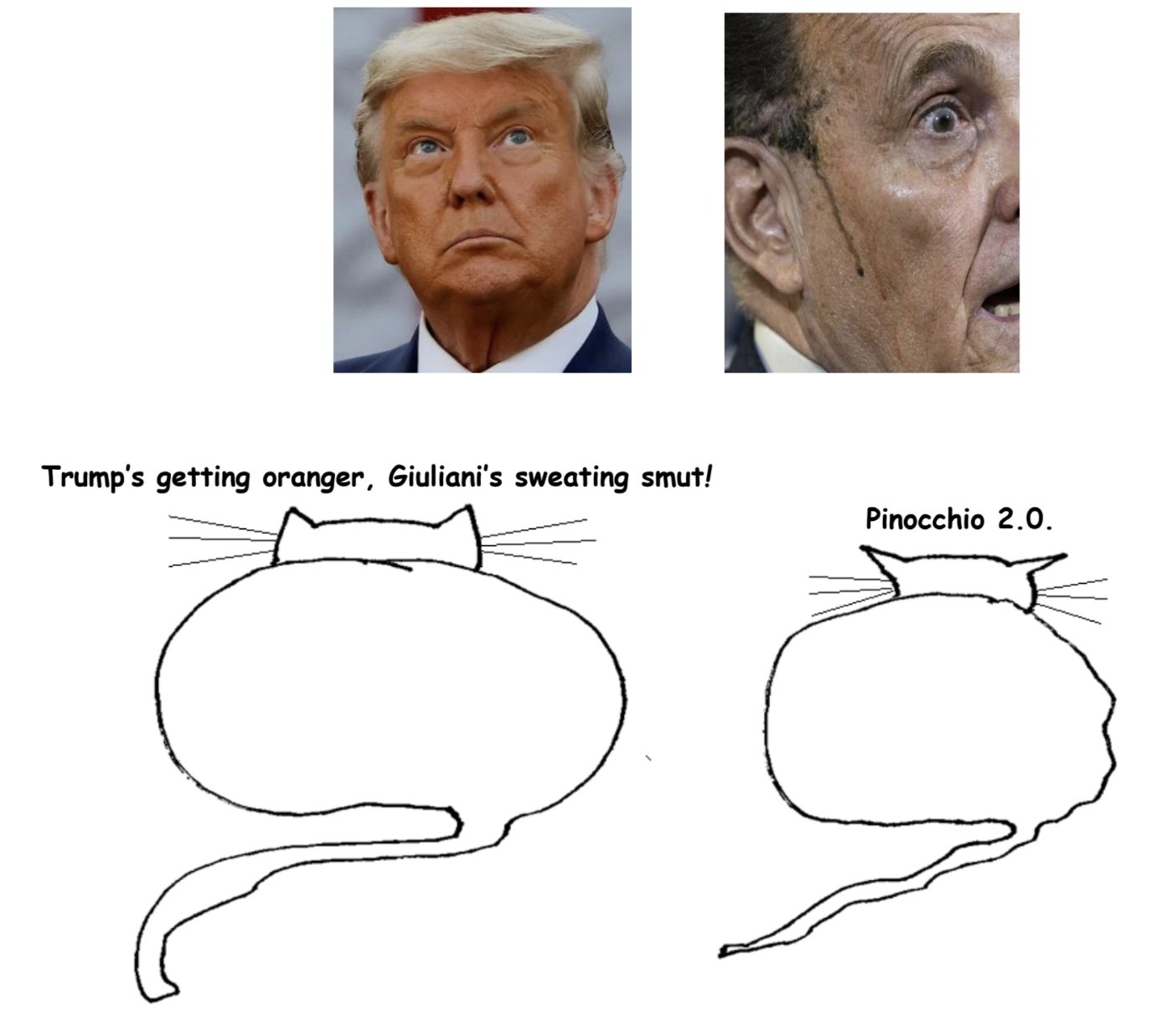

 One of the strangest books to come out of Europe in the sixteenth century – and that is saying a lot – is John Dee’s
One of the strangest books to come out of Europe in the sixteenth century – and that is saying a lot – is John Dee’s 
 Michele Morano’s first collection of essays, Grammar Lessons: Translating a Life in Spain, is a classic of travel literature that I have taught several times, to the great pleasure of over a decade’s worth of students. Now she has bested the power of that excellent book with a new collection of essays,
Michele Morano’s first collection of essays, Grammar Lessons: Translating a Life in Spain, is a classic of travel literature that I have taught several times, to the great pleasure of over a decade’s worth of students. Now she has bested the power of that excellent book with a new collection of essays, 
 If you go to Kashmir today this is what you will see. As you drive away from Srinagar’s Hum Hama airport, a large green billboard with white lettering proclaims, Welcome to Paradise.
If you go to Kashmir today this is what you will see. As you drive away from Srinagar’s Hum Hama airport, a large green billboard with white lettering proclaims, Welcome to Paradise. Like millions of others, my reaction to the result of the US presidential election was primarily relief. Relief at the prospect of an end to the ghastly display of narcissism, dishonesty, callousness, corruption, and general moral indecency (a.k.a. Donald Trump) that has dominated media attention in the US for the past four years. Also, relief that American democracy, very imperfect though it is, appears to be coming off the ventilator after what many consider a near death experience. The reaction of Trump and the Republicans, trying every conceivable gambit to thwart the will of the people, indicates just how uninterested they are in upholding democratic norms and how contentious things would have become had everything hinged on the outcome in one state, as it did in the 2000 election.
Like millions of others, my reaction to the result of the US presidential election was primarily relief. Relief at the prospect of an end to the ghastly display of narcissism, dishonesty, callousness, corruption, and general moral indecency (a.k.a. Donald Trump) that has dominated media attention in the US for the past four years. Also, relief that American democracy, very imperfect though it is, appears to be coming off the ventilator after what many consider a near death experience. The reaction of Trump and the Republicans, trying every conceivable gambit to thwart the will of the people, indicates just how uninterested they are in upholding democratic norms and how contentious things would have become had everything hinged on the outcome in one state, as it did in the 2000 election.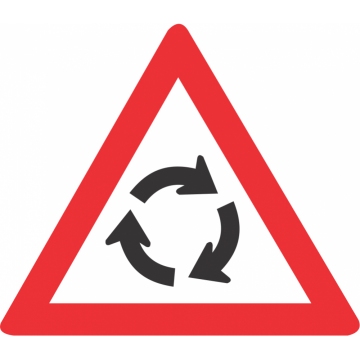 The United States is undergoing a long-overdue reckoning, in the highest echelons of government, with the problem of systemic racism. The new Biden-Harris administration has
The United States is undergoing a long-overdue reckoning, in the highest echelons of government, with the problem of systemic racism. The new Biden-Harris administration has 
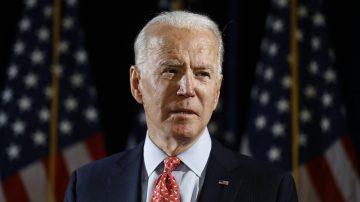
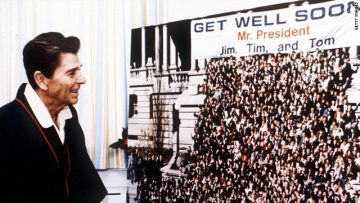
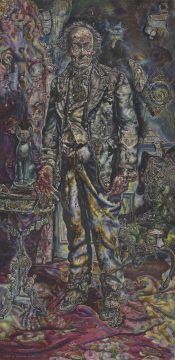
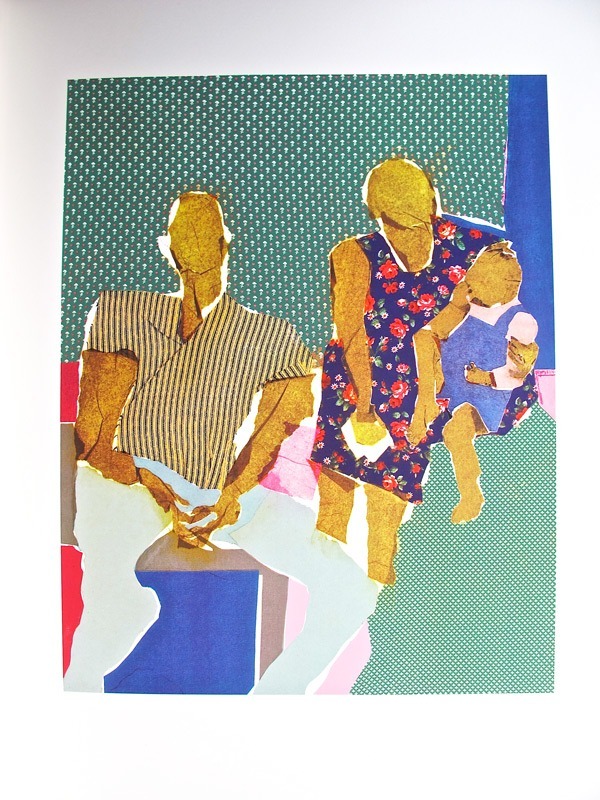


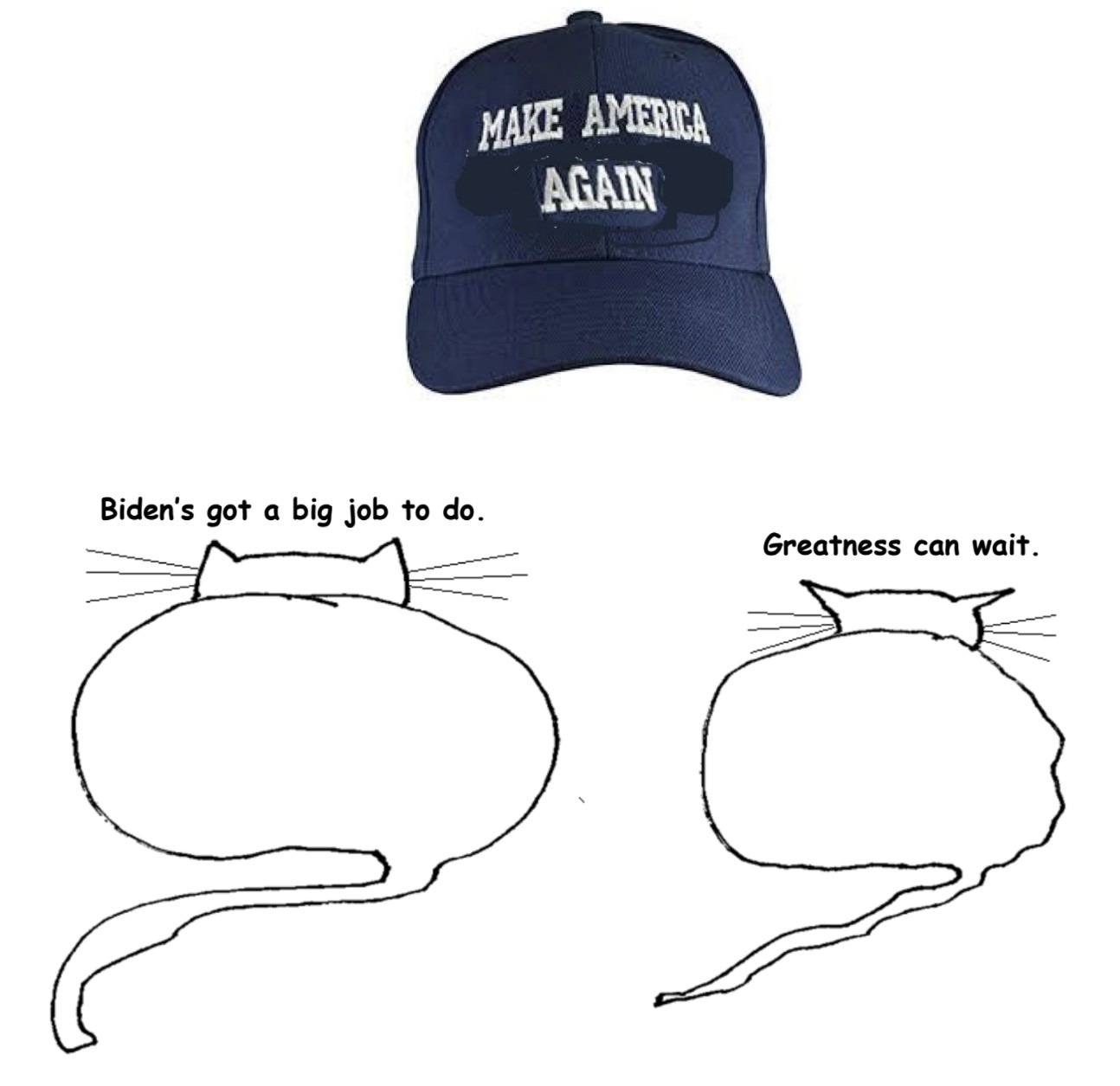

 1.
1.